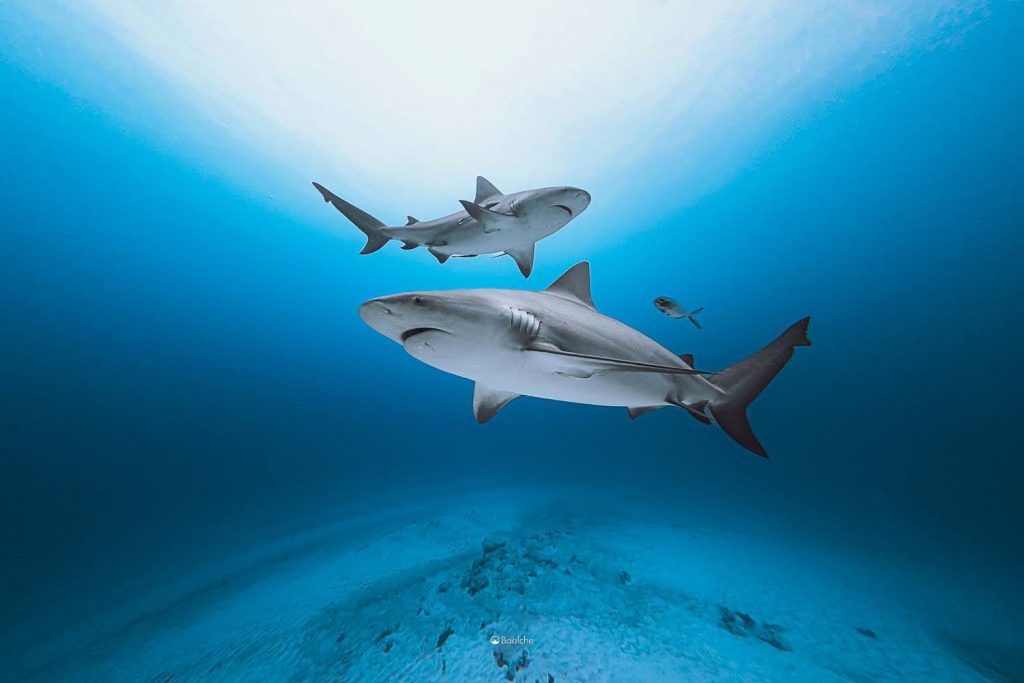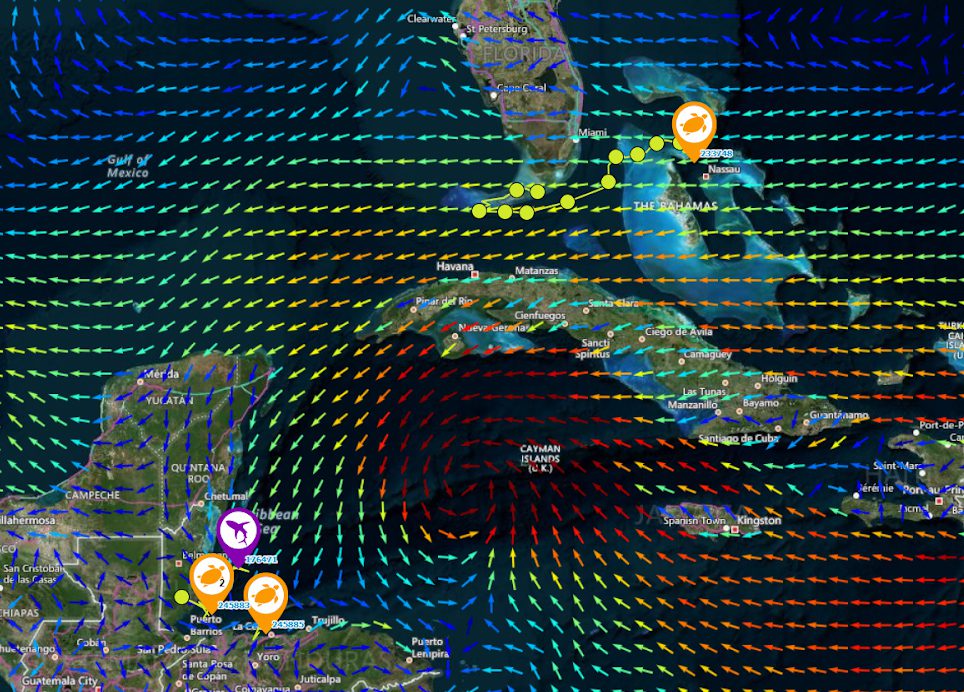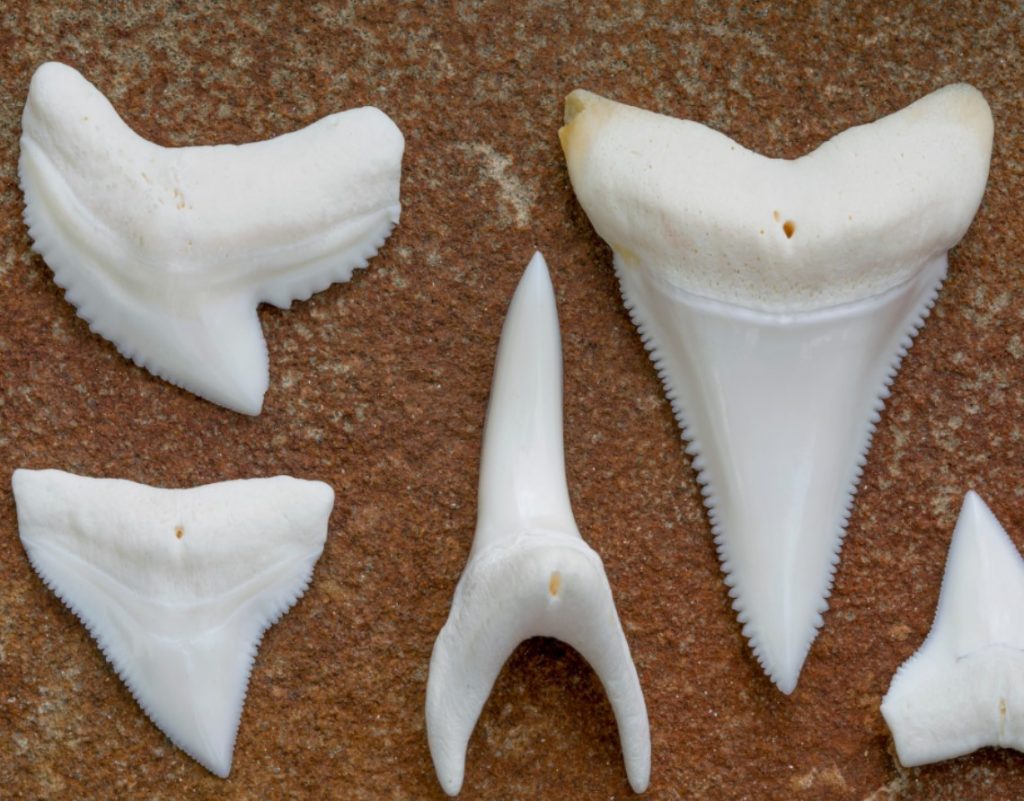There is a common term in fisheries science that was popularized by Dr. Daniel Pauly and colleagues: “Fishing down the food web.” At its simplest, the phrase describes the phenomenon of fishers moving from larger, highly sought-after species at the top of the food web, to smaller, less desirable fish due to overfishing of the top predators. The process repeats itself as each new target species becomes more sparse, so that fishers have to spend more effort to catch fewer, less profitable, and often smaller fish.
In the MesoAmerican Region (MAR), and throughout the world, we are seeing a similar phenomenon; however, instead of fishing down food webs, fishers are literally fishing down to deeper depths to find the fish. In a recently published paper, we describe the characteristics of the deepwater fisheries of the MAR, which are becoming increasingly important as coastal fisheries, such as finfish, lobster, and conch become more overfished, and less profitable.
Interviewing 122 deepwater fishers from the MAR countries of Mexico, Belize, Guatemala, and Honduras, we learned that fishers mostly use hand-deployed gear to target deepwater snappers and groupers, though fishers in Guatemala, and to a lesser extent Mexico, also landed deepwater shark species. Fishers across all countries expressed that one of their greatest motivations for joining the deepwater fishery was outright curiosity. Many fishers see the deeper waters as the last frontier, and several were excited to share stories of catching a weird fish with huge teeth, or the gigantic, single squid tentacle that came up on a hook, or the shark with no teeth but dangerous spines on its fins. After curiosity, the answers were more predictable: the fish are bigger and of higher quality, there is more profit to be made from the fishery, and sadly in many cases, there are just no other alternatives.

While nearly all fishers agreed that deepwater fishing is more difficult than coastal fishing, the overall sale price per pound for deepwater snapper is similar to the coastal snappers. Other than Belizean fishers, most agreed that there were fewer fish in deep waters than in the past, and all fishers across countries indicated that they would be fishing more or at the same rate in deep waters in the future. The fishery in Belize is relatively young and undeveloped, but is well established and likely on the decline in some regions of the larger countries of Mexico and Honduras.
Our study has given us some of the fundamental information that is needed for conservation and management of the fishery; however, more work is needed on the biology and ecology of the fish that are captured. We are focusing on these ‘fishery-independent’ studies to determine which species might be the most vulnerable to overexploitation, while continuing to work with fishers to collect valuable data. Our goal is the development of an open access, easily adaptable template for a socio-economic risk assessment of deepwater fisheries in data poor areas. You can read the paper ‘Fishing down the reef slope: Characteristics of the nearshore deepwater fisheries of MesoAmerica’ on our website, or check out our infographics that break down the key points.



